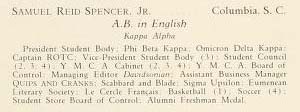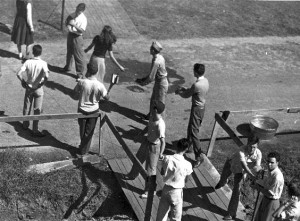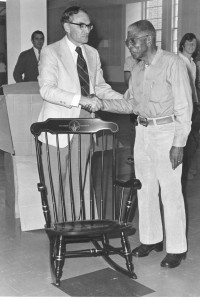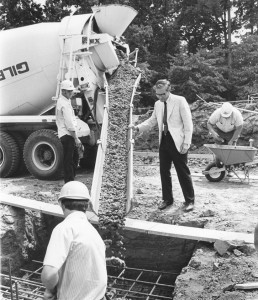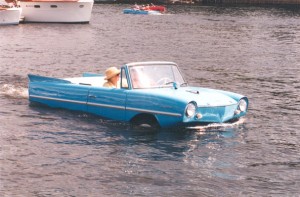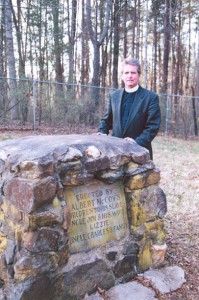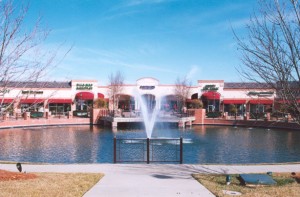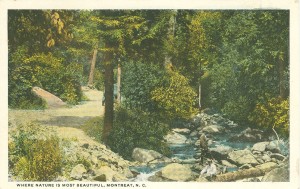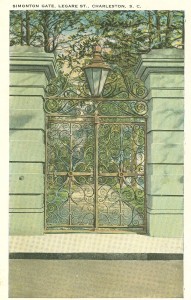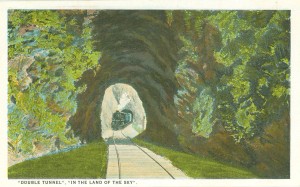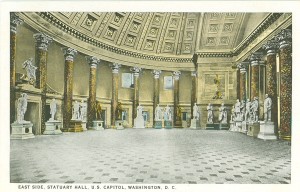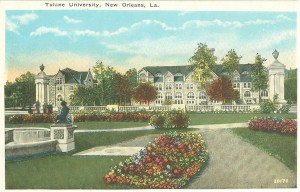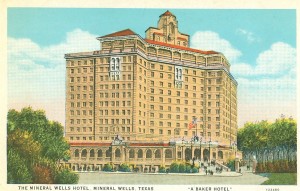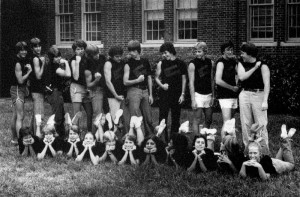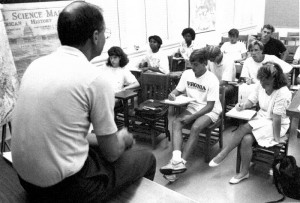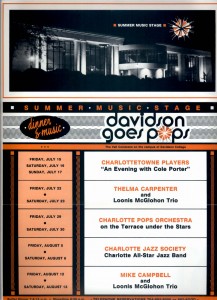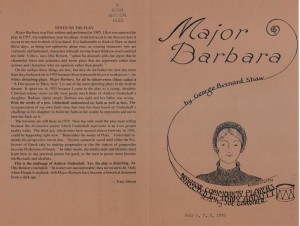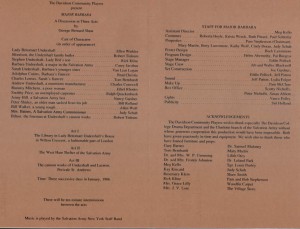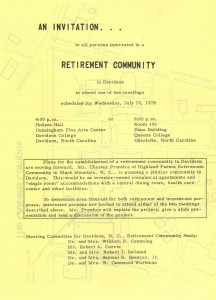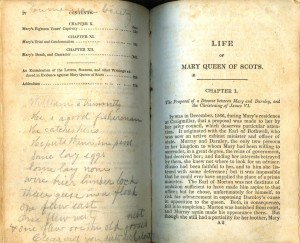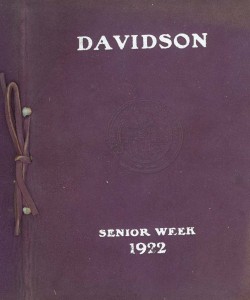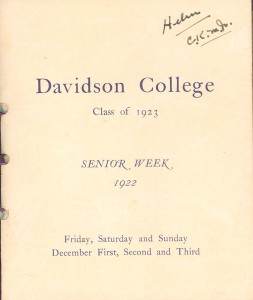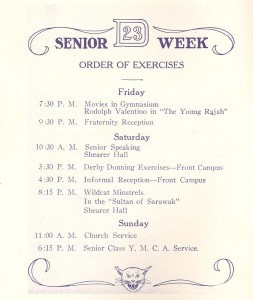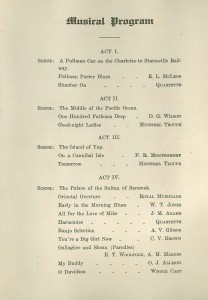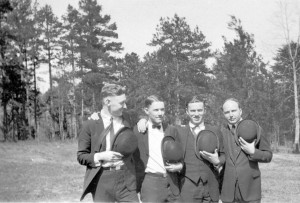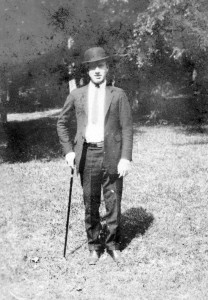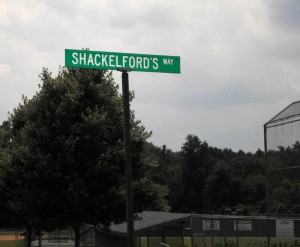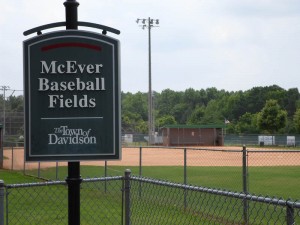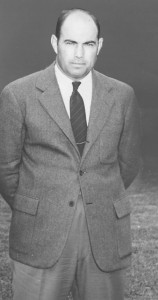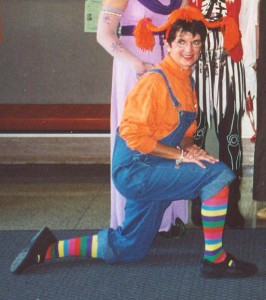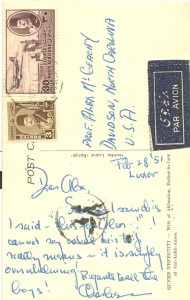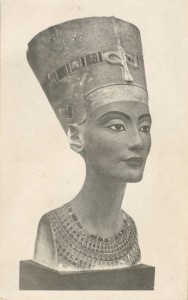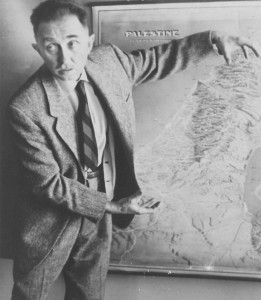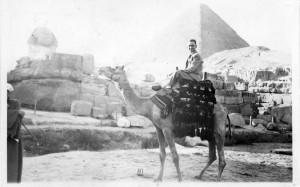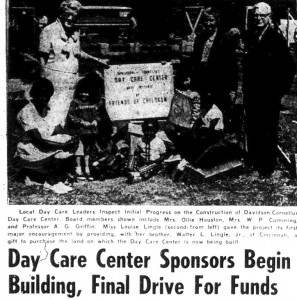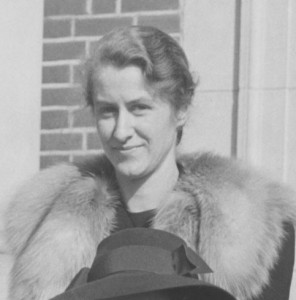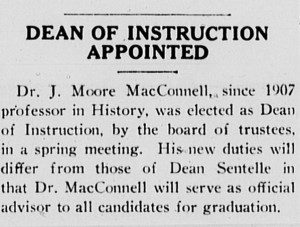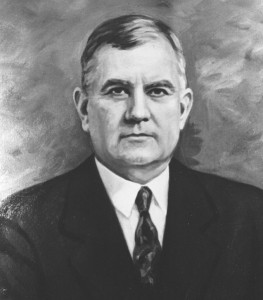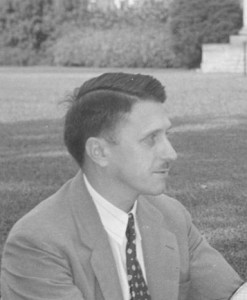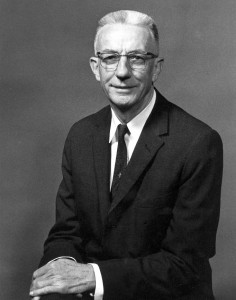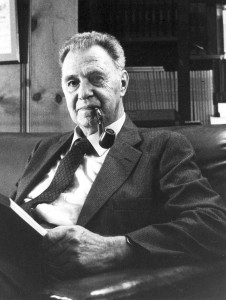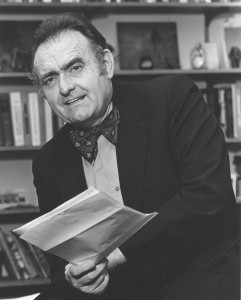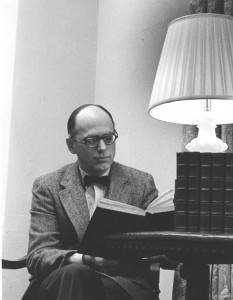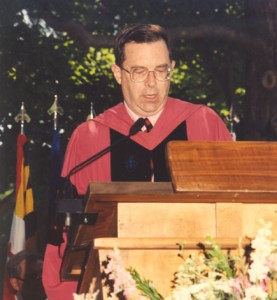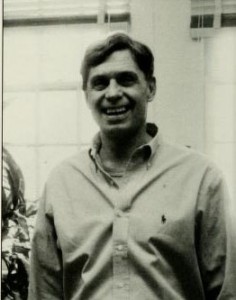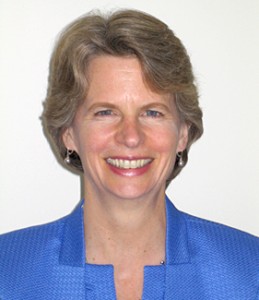From time to time, Around the D has looked at some campus legends. This week we’ll let one speak in his own words. Samuel R. Spencer, Jr. has been a student, alumnus, staff, faculty, and president. He was persuaded by Dr. Chalmers Davidson to give some of his personal papers to the library. A quick look through just 2 folders opened up a number of views his years at Davidson:
From his student years:
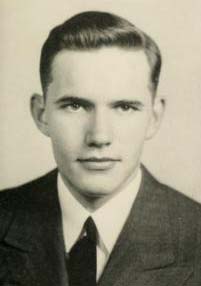
Spencer’s Senior year Photo
From a letter written home in November 1936:
” . . . I regret that I can’t make it home this weekend, because the homecoming game and dances are this weekend, and that is the biggest weekend of the term. I regret to say, too, that expenses are atrocious, . . . . Thank goodness this is an exceptional weekend, and the most expensive one this term. The $5.25 check which I mentioned before was $2.00 for monthly fraternity dues, $1.25 for regular midwinter dance dues, and $2.00 for the banquet this week. So you see that I will have to pay the fraternity $3.25 a month regularly. Having only $2.04 of my original $13.00, you can make that up if you see fit. Either way you want to do it is all right with me.”
[The full letter provides a wonderful detailing of dance weekend expenses!]
A letter to his father in the spring of 1940 included thoughts about career possibilities:
“Sam Newell was here last Thursday, and we talked over the possibility of teaching jobs. He, of course, wants me to come out there to Battle Ground with him, but the opening there, in any, will be in the science and math department, which is not particularly attractive to me. However, according to John Belk, there will be a vacancy in the English department at McCallie, and there is a possibility that Fred Stair, who is teaching History, will leave Darlington at the end of the year.”
[The classmates he mentions will serve Davidson as trustees and major donors in the years to come.]
In 1946 while working in the college’s Department of Public Relations, Spencer wrote the Honorable Harold Stassen:
“On the strength of your interest and mine in the American Veterans Committee, of which I am one of the original members, I would like unofficially to second Dr. Cunningham’s invitation as strongly as possible. On two grounds I believe an address by you at Davidson College can be of paramount importance. First, North Carolina unquestionably holds a position as one of the most forward-looking of the Southern states, and as such is a fertile field for the progressive leadership you can offer. Second, and I tell you this in all sincerity, among the returning veterans (of whom 200 are now completing their education here at Davidson) your name stands as something of a symbol for vigorous action and promise for the future.”
[It does not appear that Spencer’s words were persuasive enough to get Stassen to Davidson.]
While in graduate school and living in Cambridge, Spencer continued to think of Davidson. He wrote John Payne, head of Public and Alumni Relations in May 1950:
“Here’s an embryonic idea that came to me the other day: as a way of getting alumni opinion on various things connected with the college (which you of course invite in a general way continually), why not make up an Alumni Questionnaire to be sent out each year with the ballots for AA officers? It could be one of two types – either a scattershot one dealing with a lot of questions, or a one topic affair with all the questions related to a central theme. On snap judgement, I think perhaps the latter would be more effective.”
[Payne liked the idea and a thank you goes out to all the alumni who filled out those questionnaires over the years.]
Spencer at a college retirement ceremony.
In 1972, Spencer defended college policies in a letter to the Education Branch of the Office of Civil Rights in Washington DC:
“The statement in your letter that ‘No current publication regarding programs or activities at Davidson indicates the college does not discriminate on the basis of race’ is in error. The catalogue indicates quite positively, ‘At the direction of the Board of Trustees, Davidson will continue and intensify the efforts of the past few years to enroll students from a variety of racial, economic, social, and geographical backgrounds.’ This statement appears in the first section of the chapter of the catalogue dealing with admission at the college.”
Not only did Spencer move books and support the building of a new library, it turns out he harbored the best of ambitions (from Around the D’s perspective). In 1984, he wrote Chalmers Davidson, Library Director emeritus and college archivist: “Don’t forget to let me know when you decide to retire for the last time so that I can prepare to take up my duties as archivist. Maybe 1995?”
